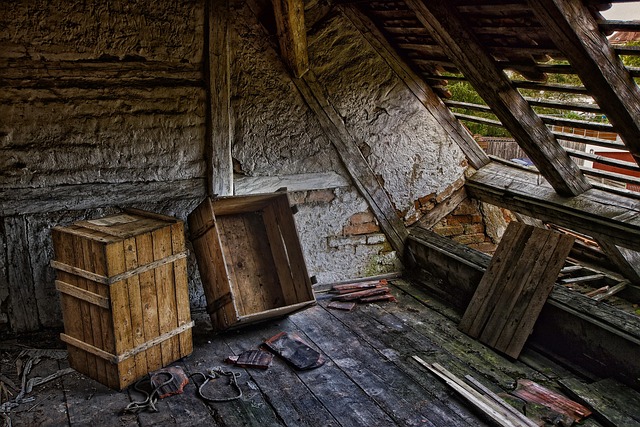The construction industry is shifting towards lightweight materials for custom prefab roof designs, driven by demands for efficiency, cost savings, and sustainability. These designs offer eco-friendly alternatives, simplifying transportation and installation, reducing waste and labor costs, and enabling faster project completion with lower environmental impact. Custom prefab roofs provide customizable options, enhanced structural integrity, and reduced construction times, leveraging advanced manufacturing techniques for unique, aesthetically pleasing solutions suitable for both residential and commercial projects. Their modular construction facilitates easy replacement, aligning with a circular economy approach. The global adoption of lightweight materials in custom prefab roof designs has revolutionized construction practices, showcasing significant benefits like faster installations, enhanced durability, and minimized disruption in urban spaces.
The construction industry is experiencing a quiet revolution as lightweight materials gain prominence. This shift towards lighter alternatives offers numerous benefits, particularly in terms of transport and installation efficiency. Custom prefab roof designs, for instance, are transforming building processes by streamlining logistics and reducing on-site labor.
This article explores the growing trend of lightweight materials, focusing on custom prefab roofs as a sustainable solution. We’ll delve into the advantages, practical applications, and real-world success stories that highlight their impact.
The Rise of Lightweight Materials in Construction
The construction industry is witnessing a significant trend: the increasing adoption of lightweight materials for both transport and installation. This shift is driven by the need for efficient, cost-effective, and sustainable building solutions, particularly in the realm of custom prefab roof designs. Traditional building methods often rely on heavy components, leading to elevated transportation and assembly costs, as well as longer project timelines.
Lightweight materials offer a game-changer approach. They not only make it easier to transport complex structures like custom prefab roof designs but also streamline installation processes, reducing labor requirements and potential errors. This versatility is particularly beneficial for modular construction techniques, enabling faster project completion and reduced environmental impact.
Custom Prefab Roofs: A Sustainable Solution
Custom prefab roof designs offer a sustainable and efficient solution for both new construction and renovations. These lightweight, prefabricated roofing systems are designed to be easily transported and installed, minimizing on-site waste and labor costs. With customizable options available, homeowners and builders can choose from a variety of styles, materials, and colors to match any aesthetic preference or architectural design.
The environmental benefits of custom prefab roofs are significant. The manufacturing process allows for precise material usage, reducing the overall carbon footprint. Additionally, these roofs often incorporate energy-efficient features like enhanced insulation and reflective coatings, contributing to lower energy bills and reduced greenhouse gas emissions. Their modular construction also makes them easily replaceable in case of damage, promoting a circular economy approach to roofing.
Advantages of Using Lightweight Components
Transport and Installation Made Efficient
The utilization of lightweight materials in construction, particularly for custom prefab roof designs, significantly enhances both transport and installation processes. These advanced materials are designed to be exceptionally light yet robust, allowing for easy handling and reduced weight during transit. This efficiency not only minimizes damage risks but also lowers transportation costs. On-site installation becomes a breeze as these lightweight components can be swiftly assembled, requiring less time and labor compared to traditional methods.
Custom prefab roof designs benefit from this technology by offering modular, easily transportable units that can be quickly configured on-site. This streamlines construction projects, enabling faster completion times and reduced project overheads. Moreover, the lightweight nature of these materials contributes to better work site safety as there’s less physical strain on workers, ensuring a more efficient and secure installation process.
Case Studies: Successful Implementations
In recent years, the adoption of lightweight materials has significantly transformed the construction industry, particularly in areas focusing on easy transport and installation. One prominent example is the successful integration of custom prefab roof designs. These innovative solutions have proven to be a game-changer for various projects, from residential buildings to commercial spaces. By utilizing advanced manufacturing techniques, architects and engineers can now create intricate roof structures that are not only aesthetically pleasing but also highly efficient in terms of weight reduction.
Case studies highlight the effectiveness of these custom prefab roof designs. For instance, in urban settings where space is limited, lightweight materials allow for easier delivery and faster installation, minimizing disruption to nearby residents and businesses. Additionally, these advanced designs offer superior structural integrity, ensuring longevity and durability despite their reduced weight. Such implementations have led to increased adoption across the globe, demonstrating the versatility and benefits of incorporating lightweight materials in modern construction practices.
The integration of lightweight materials in construction, particularly in custom prefab roof designs, is revolutionizing the industry. These innovative solutions offer not only environmental benefits through reduced resource usage but also operational advantages such as easier transport and faster installation. As demonstrated by successful case studies, adopting these materials can lead to more efficient, cost-effective, and sustainable buildings. With ongoing advancements, custom prefab roofs are poised to become a prominent choice for modern construction projects.
